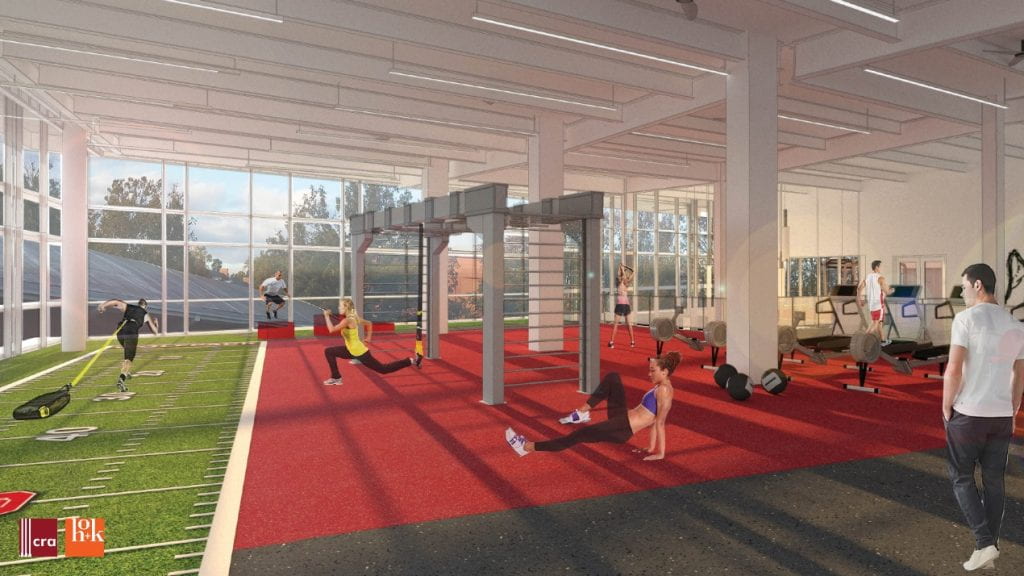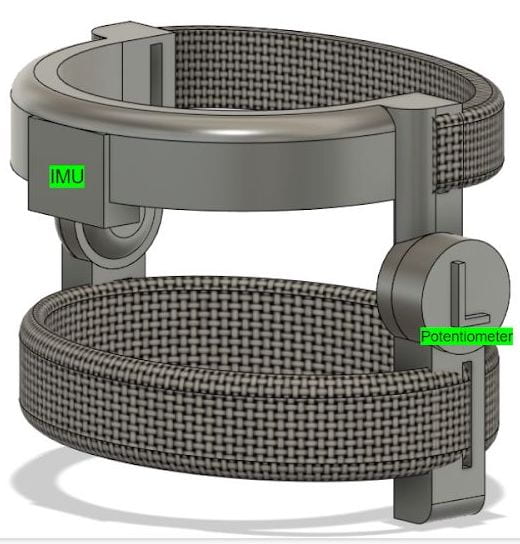“Do you have a solution to an important problem?”
“Want to turn your idea into a business?”
These are the questions posed to students as they embark on the PDB Entrepreneurial Co-op, an opportunity created by the PDB Foundation as a means to provide tangible opportunities to turn their dreams into reality.
Students spend their final co-op semester immersing themselves in local entrepreneurial culture and utilizing design thinking, lean start-up and value creation methodologies to catapult their ideas forward.
Associate Professor Michael Mozill and Assistant Professor Santiago Umaschi of the School of Management mentored students in collaboration with CO-OPS + CAREERS Director Robbin Beauchamp and various guest speakers. Students also received funding through a grant from the PDB Foundation.

Design created by Elizabeth Cote, Industrial Design ’21
Fitness for All
Emma Manning ’21 considered the gym as a stressful place for those with autism spectrum disorders due to banging weight sounds, brightly painted walls, loud music and the cold, rough feel of barbells. She created Mind Muscle Connection, a sensory-friendly space that proposes joint membership rates to encourage parents to accompany children, silicon grips for gym equipment, foam padding around the source of common noises, and personal trainers certified in working with people on the autism spectrum.
Both Manning’s extensive work and the resources available to her were representative of the experiences of other students taking the co-op in the past. She created a business plan, conducted a feasibility study and financial analysis for the first three years, and researched autism and the neurodiverse community at length. She met with a personal trainer who works with teens and adults on the autism spectrum, interviewed potential customers, and designed and modeled a gym.

Device design created by Bryant Gill, Mechanical Engineering ’20
Tracking Fitness
Bryant Gill ’20 created portable full-body tracking hardware to provide immersive virtual reality experiences and engaging physical exercises. A belt buckle houses the hip tracker, wireless communications modules and a microprocessor, while a leg brace contains sensors with a gyroscope, accelerometer and magnetometer.
Gill had the opportunity to speak with potential customers and attend virtual conventions, speaking with VR software developers to learn more about where the technology is heading.
Manning, Gill and others in the program are continuing to work on their projects in an effort to bring them to market.

